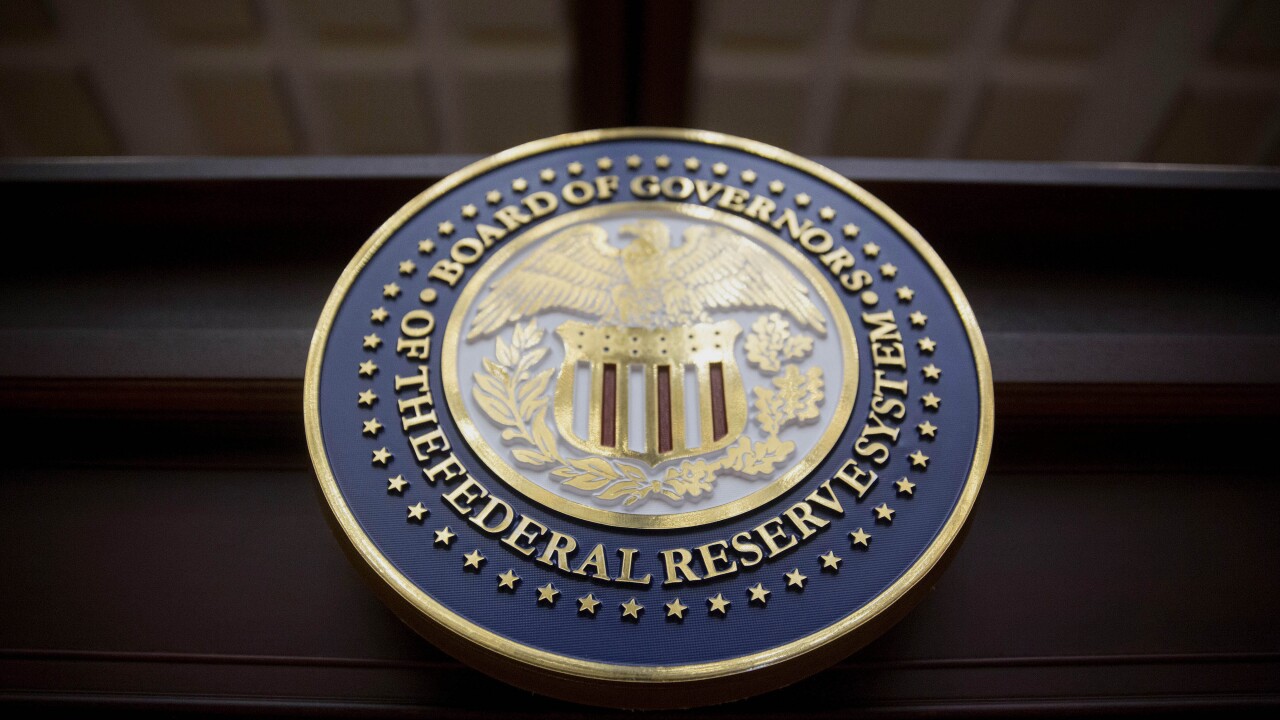Nacha, the electronic payments association, has long maintained lists of the leading banks in automated clearing house originations, a task simplified by the fact that only certain large banks try to make a business out of this aspect of the payments system.
But only this year has the industry trade group, which sets the governing rules for the interbank network, begun to track which institutions are the largest receivers of ACH payments. All banks are required to receive ACH payments, but they are not required to originate them.
Some large banks have been taking pains to try to get their customers to receive payments electronically - by direct deposit of paychecks, for example - and those banks topped the list that Nacha is poised to release of the top RDFIs, or receiving depository financial institutions.
Bank of America Corp. led the list by a wide margin, receiving 507.6 million ACH payments in 2002. That almost equaled the volume of the second- and third-place banks combined: Wells Fargo & Co., with 330.5 million transactions, and Wachovia Corp., with 252.9 million.
"We have been promoting this as an efficient and safe way to get paid," said Nick Alex, a senior vice president and the head of global product management with Bank of America. "With these numbers, we can see how a consumer bank has helped to sell the advantages of electronic payments."
Mark Havlik, a senior vice president and a manager for Wachovia's disbursement product line in Charlotte, said the banks with the highest volume of inbound ACH files are the ones with a large base of customers who have accepted electronic transactions, and which are actively promoting the concept. For example, many banks now offer free checking accounts to customers who receive direct payroll deposits. "It's a question of how much of an incentive the banks are providing to customers to embrace electronic payments," Mr. Havlik said.
While Nacha's list of the largest ACH originating institutions is highly concentrated, the receiving banks are much more dispersed. The top five originating banks accounted for 49% of all ACH payments, but on the receiving end the top five institutions accounted for 22% of the electronic transactions. Overall, the 50 biggest ACH originators represented 91% of ACH payments in the United States in 2002, while the 50 largest receiving banks accounted for only 47% of the ACH volume.
Volumes dropped off sharply farther down the list of ACH receiving banks. Rounding out the top five were Bank One Corp., with 198.2 million transactions, and Washington Mutual Inc., with 158.0 million. National City Corp., which took the No. 10 position, reported receiving 75.7 million ACH payments, less than half of Wamu's volume.
Nacha said its new list of the top RDFIs reflects a growing acceptance of electronic payments by consumers, as well as the inherent nature of the ACH business. Bill Nelson, a senior vice president with Nacha, which is based in Herndon, Va., said that while some major banks make an effort to develop ACH transactions into a business line by offering origination services to large clients, many banks do not. "A lot more financial institutions are receiving ACH payments than are originating them," he said.
And as electronic payments rise, paper check volume falls, and that can lead to considerable savings. Nacha estimates that a bank can eliminate as much as $1 every time it receives an ACH transaction, simply from not having to process a paper check. Receiving banks also garner a transaction fee on the transactions.
However, there are other advantages that come with encouraging customers to receive electronic payments, especially direct payroll deposit, according to Mr. Alex at Bank of America. "There are savings, but the bigger motivator is that the relationship with the customer becomes deeper."
Mr. Havlik said some banks are actively promoting their ACH receipt services to attract business customers. Unlike origination, where corporate clients tend to look at fees, he said the value in receiving the payments comes with the information the bank can provide with each transaction. Businesses need to know where each payment is coming from, and often for what invoice they are being paid. "On the receipt side, the value for the customer is not in the settlement. It's really about the data."
"This is something we've never collected before and never published before," said Mr. Nelson. He predicts that the list of the top 50 ACH receiving banks will become an important tool for banks to measure their progress in advocating the use of electronic payments, particularly by consumers, which is one of the banking industry's leading goals.
"This will be useful for banks in determining how successful they are in promoting direct payments," he said, particularly direct payroll deposit, which is one of the largest sources of ACH transactions for receiving banks. Nacha will release a new list next spring with data for this year when it also compiles its annual roster of leading ACH originators.





